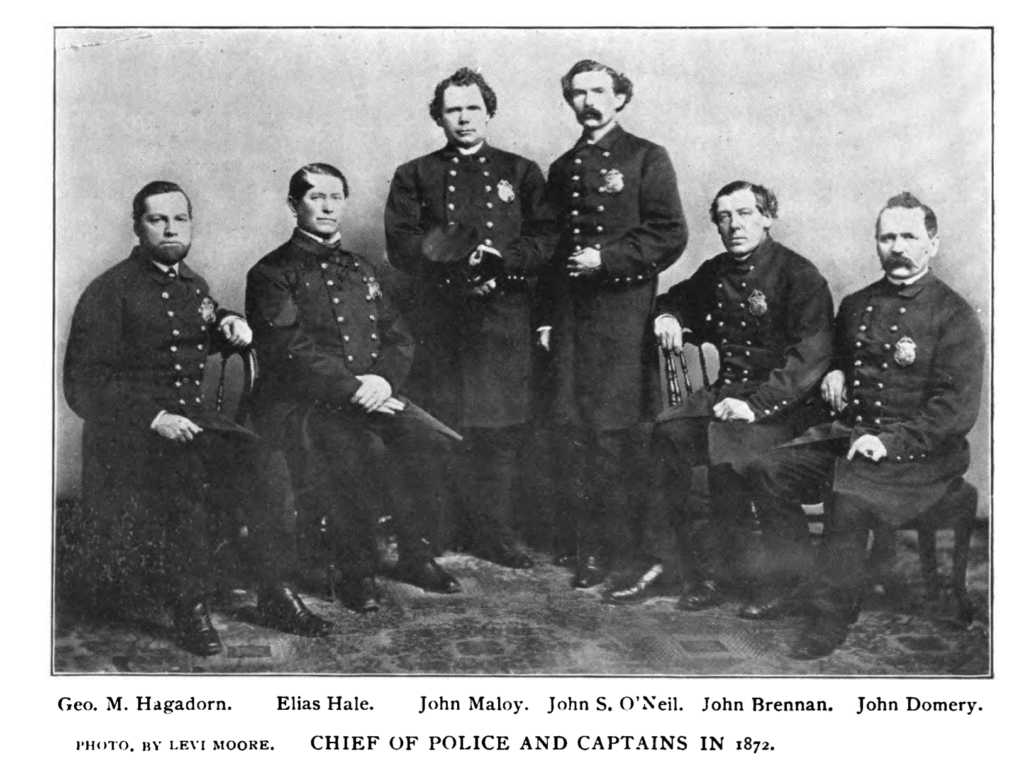
You’d think a city as old as Albany would have an equally old police force, but what we think of as police is relatively modern. A 1902 “History of the Police Service of Albany” noted that early records of crime and its enforcement were sketchy at best, such that “much of the early history, therefore, must necessarily be brief yet with a faithful approximation of completeness.” Despite Albany’s early settlement, the author found no records until the British took over and the Dongan Charter of 1686 provided that constables, appointed by the Board of Aldermen, were charged with preserving order. That included one High Constable and three under Constables, one from each ward; as the city grew, that number was doubled. They were paid by fees, rather than a salary, and were charged with collecting taxes, keeping the city pound, and keeping the peace.
“One of the quaint customs of constabulary duty of these early days was what was known as the Rattle-Watch (Ratelwagh). To this odd position John Radcliffe and Robert Barrett were appointed, by the Common Council, in 1699. They were to patrol the streets of the city from ten o’clock every night until daylight, with lanterns and rattles.
“‘Their round was ordered to begin at the main guard-house, near the south gate of the city, and to extend along Brower (Broadway) street to the bridge over the Rutten Kill at Col. Schuyler’s house, thence through Jonker (State) street to the corner where Johannes de Wandelaer lived, on the hill near the fort [Fort Frederick], thence along the hill to the house of Alderman Johannes Roseboom’s house, on the east side of Parrel (Pearl) street, north of Rom street (Maiden Lane), thence along Parrel street to Gysbert Marselis’s house, on the north-east corner of Parrel and Rom streets to the house of Hendrick Bries, and thence to the guard-house.’ Whenever they saw thieves, or a building on fire, their instructions were to ‘raise an alarm.’”
In 1851, a law was passed establishing a formal police force out of the old constabulary. It included one chief, four captains, four assistant captains, forty policemen, four doormen, and six constables. “During the first year of the existence of this new force an idea of the exemplary work it did may be gleaned in the fact that no less than 1,067 arrests were made. The expense of running the department for 1851 was but $27,000.” The first chief of police was John Morgan, who served until 1859.

Leave a Reply